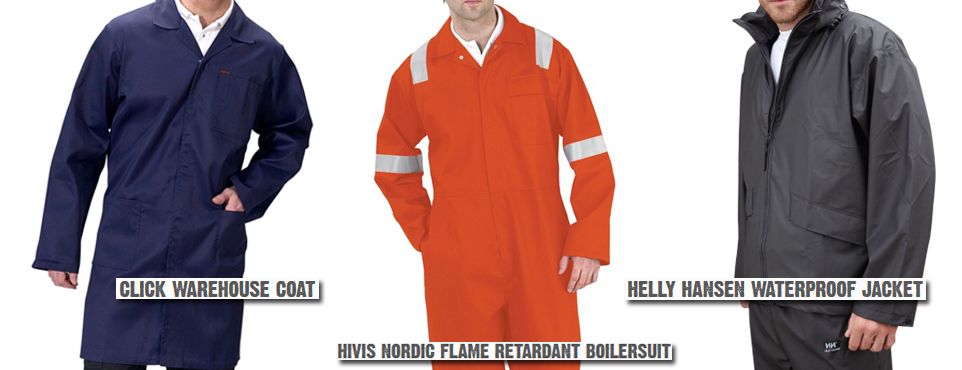Network Rail Hi Vis Clothing – Rail Industry Standards For PPE

Network Rail Hi Vis clothing is mandatory. Not just any Hi Vis
clothing either; in June 2007, Network Rail made it mandatory for anyone
working on the railway to have high-quality, breathable high visibility
clothing. This meant a lot of businesses had to adapt their range to conform to
these high standards.
Network Rail also implemented a ‘Full Orange Policy’. What this
means is that a High Vis vest is no longer enough; the worker’s entire body
needs to be visible, which means high visibility trousers are now a necessity.
In addition to this, the high visibility upper body clothing worn needs to have
reflective tape that complies with the Railway Group Standard GO/RT3279 and BS
EN 471: 2003 Class 2.
Additional PPE equipment required includes safety footwear and a
safety helmet. The former must have a protective toecap, mid-sole protection,
and provide effective ankle support. Footwear must also comply with BS EN ISO
20345: 2004. In regards to the safety helmet, this must comply with BS EN 397:
1995.
The requirements mentioned above are the minimum requirements that
must be followed for anyone working on or near the track. There are some other
particular requirements as well. This includes the fact that clothing for the
upper body needs to be clearly marked on the back with the Sentinel sponsor of
the individual or any other logo or name that has been agreed with Network
Rail, such as the project. This should be placed in between the
retro-reflective bands.
Finally, for those who have
a Personal Track Safety certification, they must have
clothing for foul
weather. This includes high visibility leggings or over-trousers and a high
visibility coat or
jacket that meets BS EN 343: 2003 class 3 in terms of water
penetration and water vapour resistance and GO/RT3279 for colour resistance.
This Network Rail Hi Vis clothing must also comply with BS EN 471: 2003.
Written by position1seo at 06/02/2016